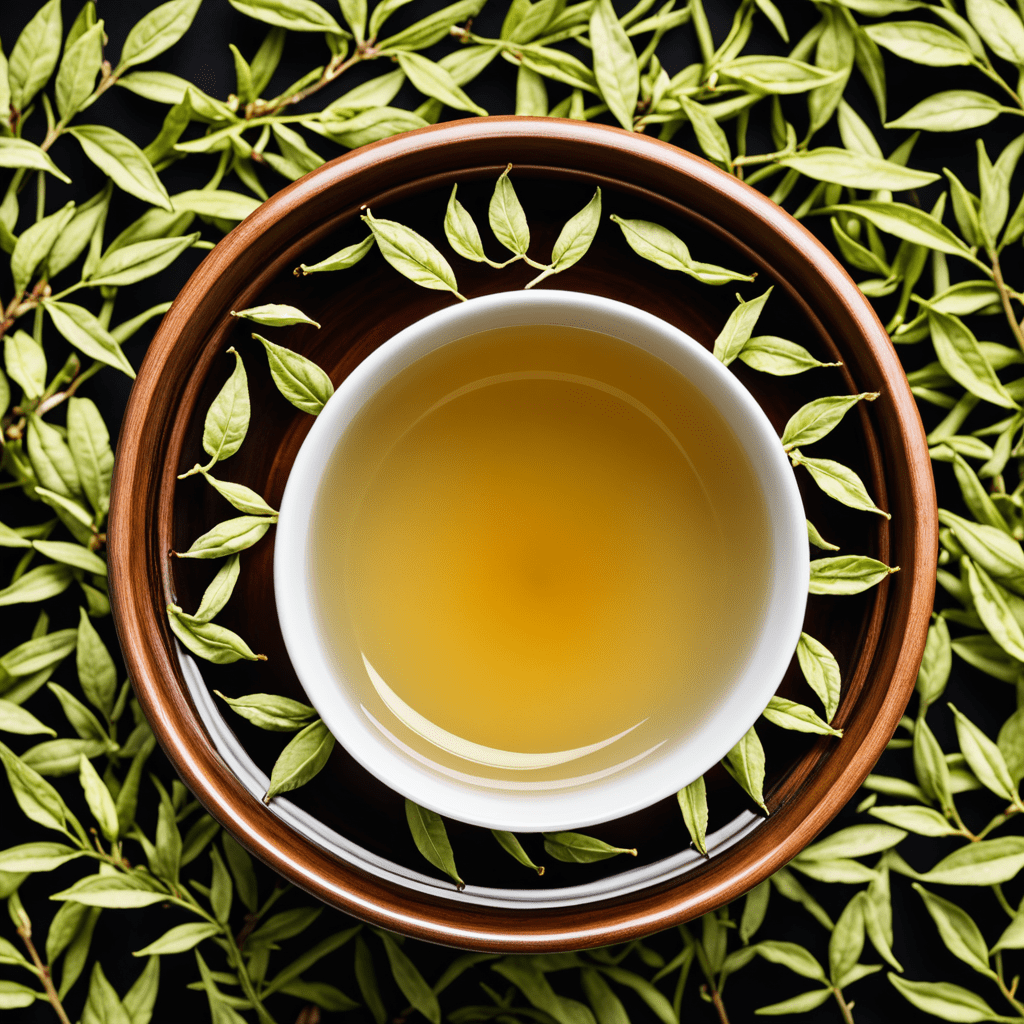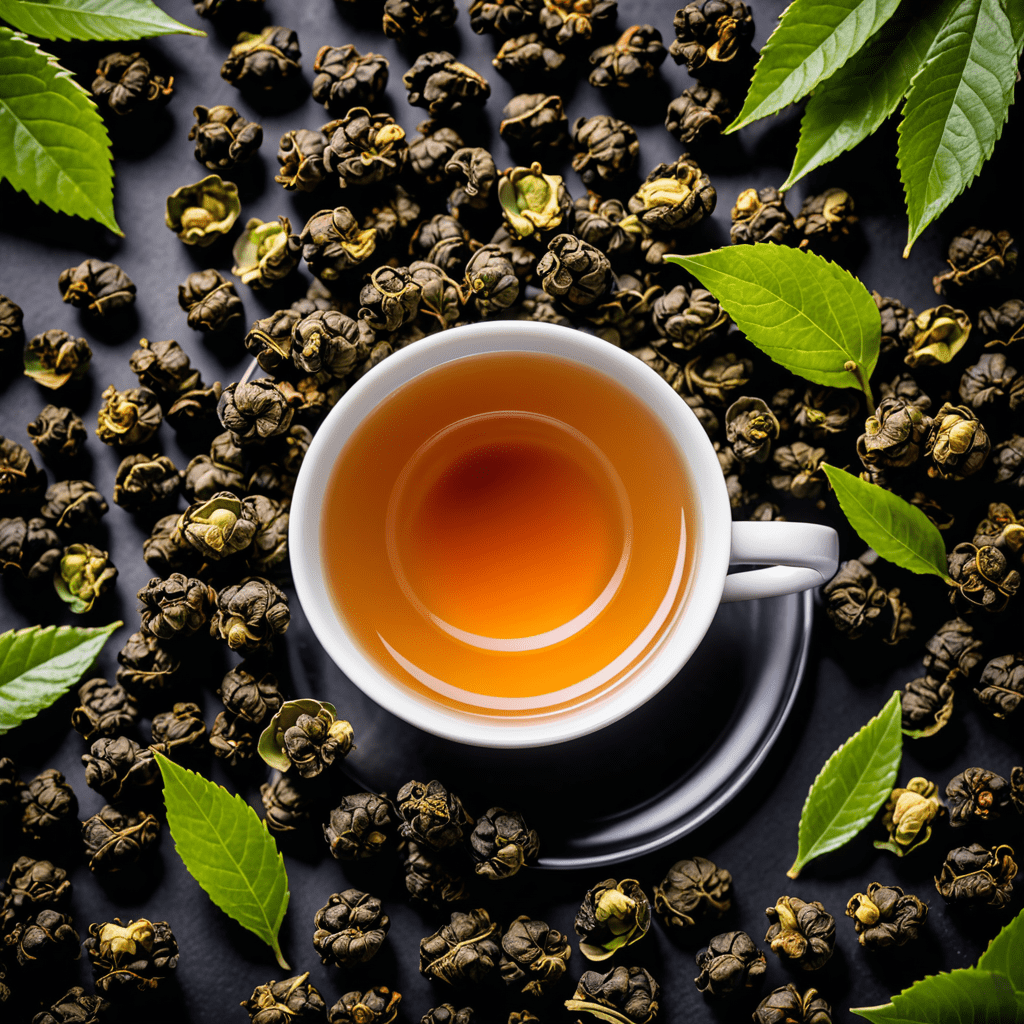1. Chai Tea: A Culinary Journey of Flavors
Chai tea, an aromatic blend of spices steeped in black tea, has captivated the taste buds of tea enthusiasts worldwide. Its rich and complex flavor profile, a harmonious fusion of warmth, sweetness, and exotic spices, has earned it a place among the most popular tea beverages.
2. The Origin and History of Chai: A Rich Heritage
Chai, meaning "tea" in Hindi, has its roots in the ancient Ayurvedic healing practices of India. Originating in the 18th century, it was initially used as a medicinal beverage to treat various ailments. Over time, it evolved into a culinary staple, enjoyed both for its therapeutic properties and its irresistible flavor.
3. Crafting the Perfect Blend: The Essential Spices of Chai
The essence of chai lies in its unique blend of spices. Black tea forms the base, while cinnamon, cardamom, ginger, cloves, and black peppercorns create a symphony of flavors. Each spice contributes its own distinctive note, resulting in a balanced and aromatic concoction.
4. Brewing Methods: Unveiling the Essence of Chai
Brewing chai is an art form that unveils its true flavors. Traditionally prepared in a clay pot called a kulhad, chai can also be made using a tea infuser or French press. The key lies in simmering the spices and tea leaves together, allowing their flavors to fully meld.
5. The Art of Sweetening: Balancing the Delicate Flavors
Sweetening chai is an integral part of the experience, but it should be done judiciously to preserve the delicate balance of flavors. Jaggery, honey, or sugar are common sweeteners, each adding its own subtle nuance to the taste profile. The amount of sweetener added varies according to personal preference.
6. Health Benefits of Chai: A Symphony of Spices
Beyond its exquisite flavor, chai holds an array of health benefits. Its antioxidant-rich spices, like cinnamon and ginger, aid in digestion, combat inflammation, and boost immunity. Black tea, the foundation of chai, provides a dose of caffeine that enhances focus and alertness while polyphenols in the spices contribute to heart health and longevity.
7. Chai as a Cultural Expression: A Reflection of Tradition
Chai has evolved into more than just a beverage; it's an integral part of Indian culture, deeply woven into social and religious ceremonies. The aromatic steam of chai signifies warmth, hospitality, and the sharing of stories. From roadside tea stalls to bustling markets, chai connects people, fostering a sense of community and belonging.
8. Exploring Regional Variations: Chai's Journey Across Lands
Chai's allure has extended far beyond its birthplace, inspiring diverse variations across regions. Kashmiri chai, for instance, is known for its saffron infusion, while Gujarati chai is distinguished by its addition of cumin and coriander. In Pakistan, "dhoodh patti," a pink-hued tea, gains its color from an abundance of cardamom pods. These regional variations showcase the adaptability and versatility of chai, reflecting the cultural flavors of different parts of the world.
9. Modern Interpretations: Chai Reinvented in the Contemporary Era
Contemporary culinary explorers continue to reimagine chai, infusing it with novel ingredients and techniques. Chai lattes, with their creamy froth, have become popular in coffee shops, while cold-brewed chai offers a refreshing twist on the traditional hot brew. Masala chai ice cream and baked goods showcase the versatility of chai's flavors, extending its reach beyond the conventional cup.
10. The Ritual of Chai: A Moment of Connection and Reflection
The preparation and consumption of chai is not merely an act of ingestion; it's an immersive ritual. The gentle simmering of spices and tea leaves fills the air with an evocative aroma that evokes a sense of warmth and tranquility. The act of sipping chai, whether alone or in the company of others, provides a moment of pause, reflection, and connection. It's a simple yet profound ritual that celebrates the power of shared experiences and the joy of life's simple pleasures.
FAQs on Chai Tea:
What are the most common spices used in chai?
The essential spices in chai include cinnamon, cardamom, ginger, cloves, and black peppercorns.
How do I brew a perfect cup of chai?
To brew chai, simmer the spices and tea leaves together in water or milk until fragrant and flavorful. Sweeten to taste with your preferred sweetener.
What is the best way to store chai?
Chai can be stored in a sealed container in the refrigerator for up to 3 days. Reheat gently before serving.
Can chai be made without black tea?
Yes, you can make "herbal chai" by omitting the black tea and using a blend of herbs and spices, such as rooibos, lemongrass, and turmeric.
Is chai good for digestion?
The spices in chai, particularly ginger and cinnamon, are known to aid digestion and reduce bloating.


